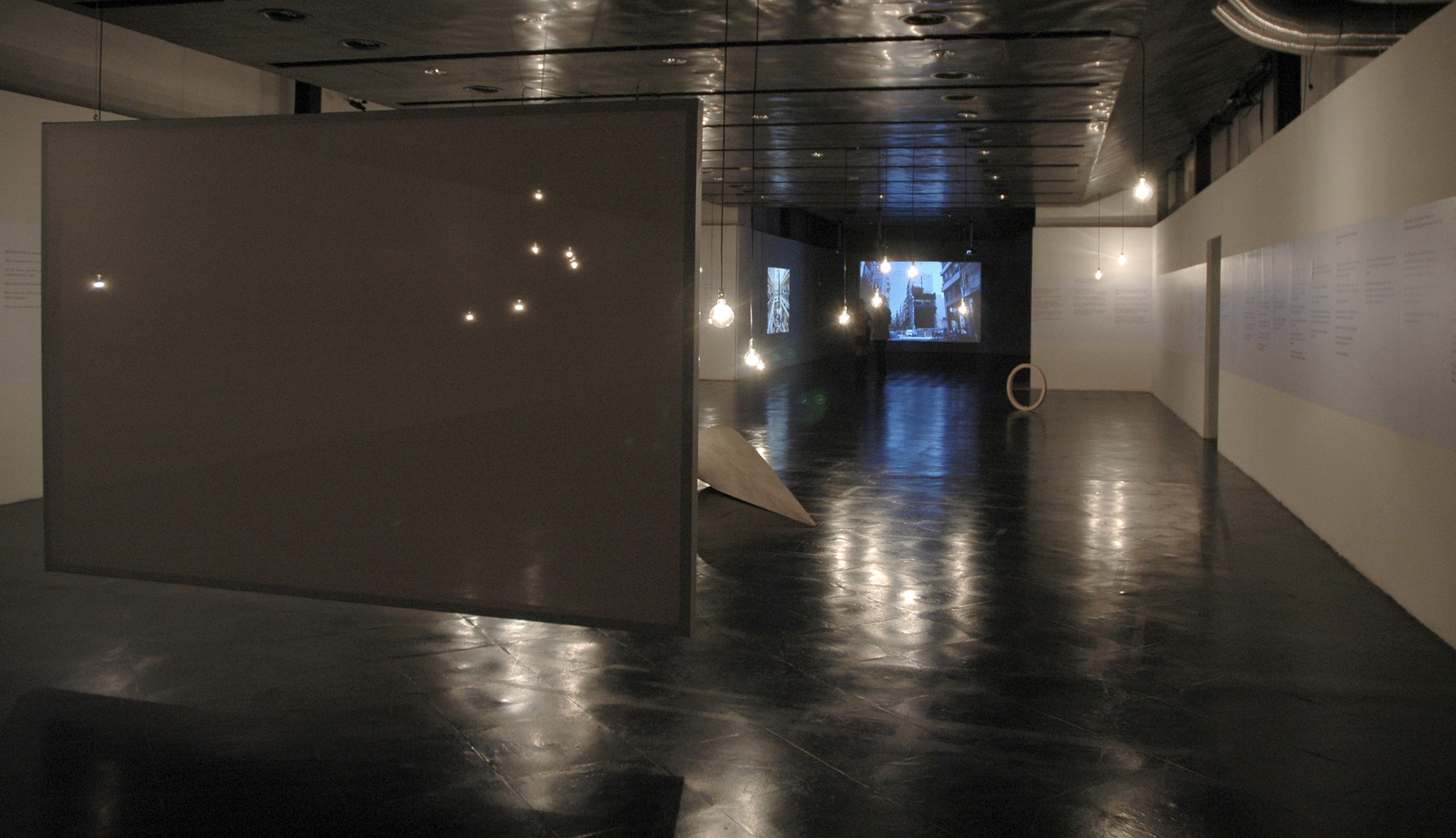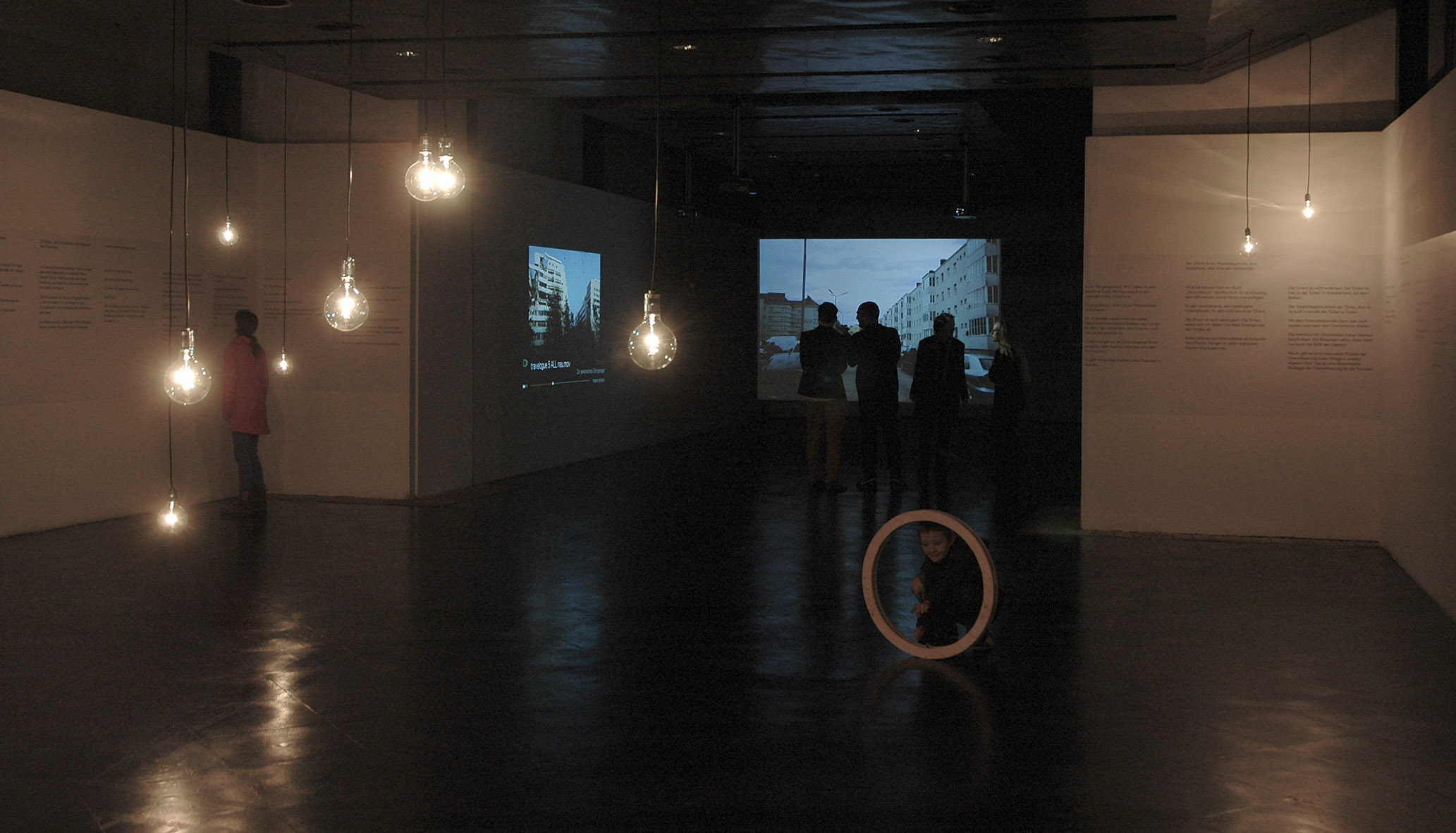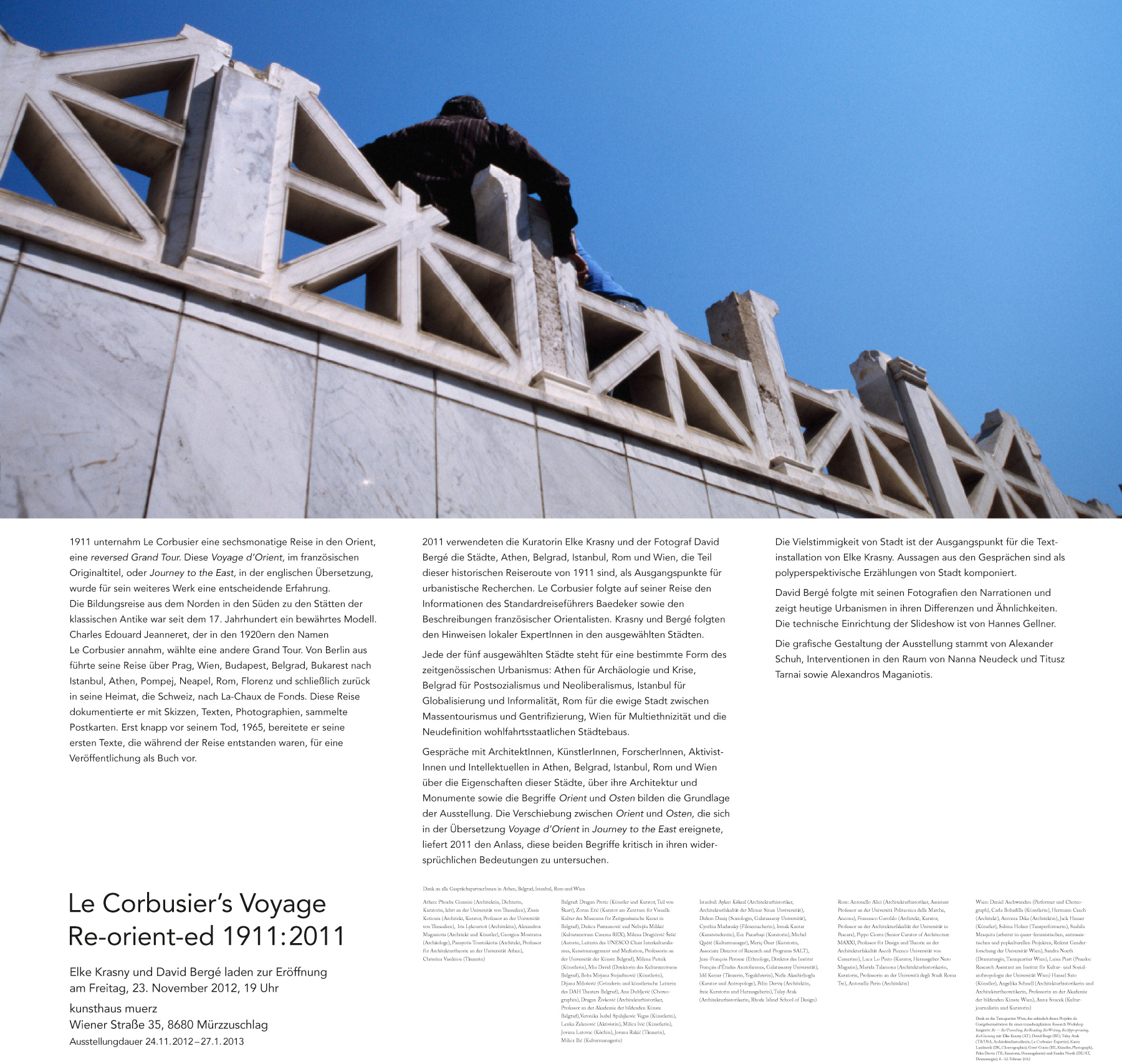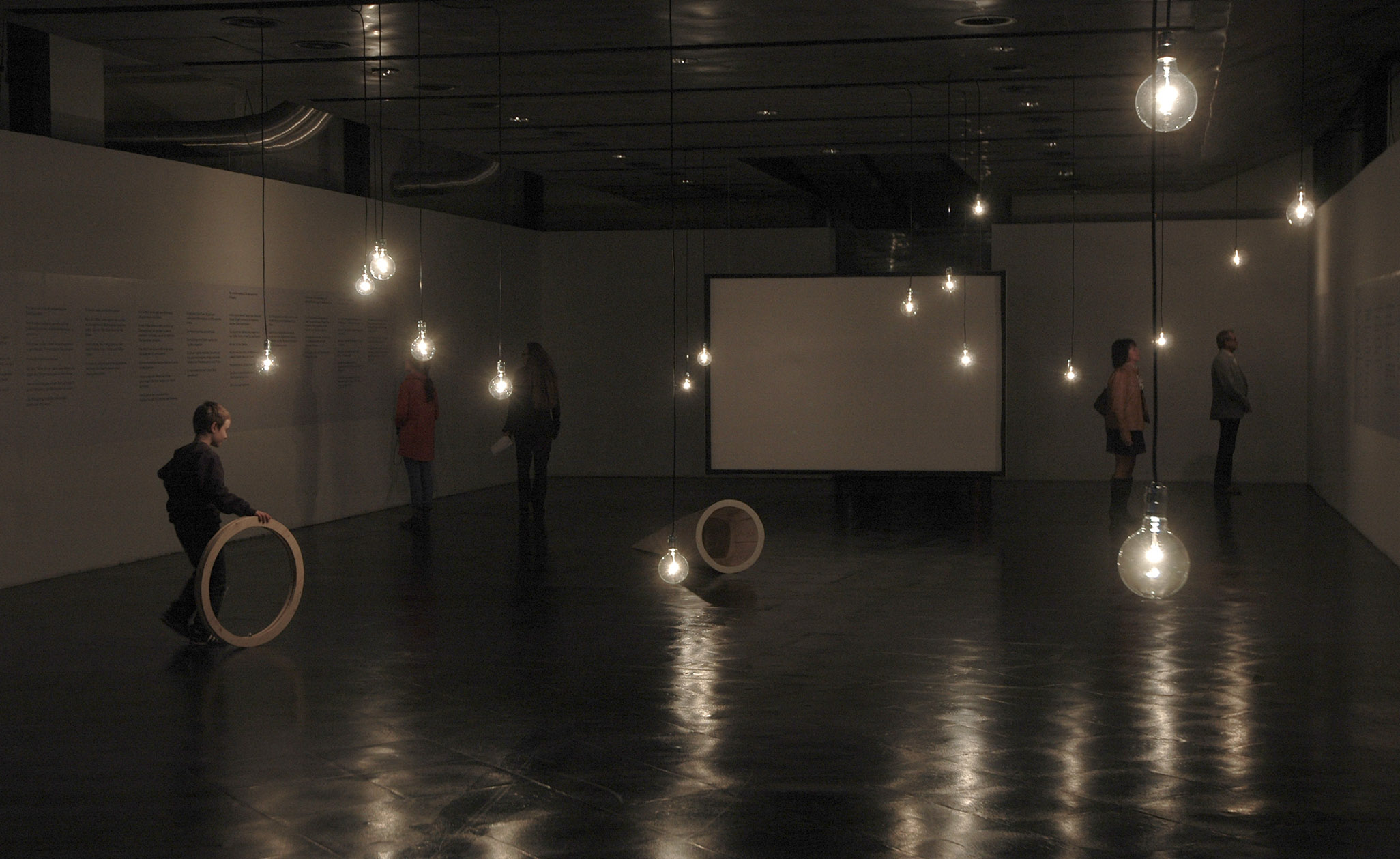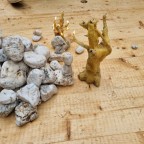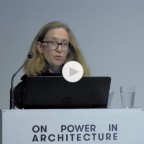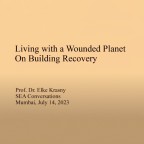Le Corbusier’s Voyage Re-orient-ed 1911:2011
Le Corbusier’s Voyage Re-orient-ed 1911:2011 Ein Reisebericht von Elke Krasny und David Bergé Eröffnung am Freitag, 23. November 2012, 19 Uhr kunsthaus muerz Wiener Straße 35, 8680 Mürzzuschlag Ausstellungdauer : 24.11.2012–27.1.2013 Einladung deutsch download About the project download
1911 unternahm Le Corbusier eine sechsmonatige Reise in den Orient, eine reversed Grand Tour. Diese Voyage d’Orient, im französischen Originaltitel, oder Journey to the East, in der englischen Übersetzung, wurde für sein weiteres Werk eine entscheidende Erfahrung. Die Bildungsreise aus dem Norden in den Süden zu den Stätten der klassischen Antike war seit dem 17. Jahrhundert ein bewährtes Modell. Charles Edouard Jeanneret, der in den 1920ern den Namen Le Corbusier annahm, wählte eine andere Grand Tour. Von Berlin aus führte seine Reise über Prag, Wien, Budapest, Belgrad, Bukarest nach Istanbul, Athen, Pompej, Neapel, Rom, Florenz und schließlich zurück in seine Heimat, die Schweiz, nach La-Chaux de Fonds. Diese Reise dokumentierte er mit Skizzen, Texten, Photographien, sammelte Postkarten. Erst knapp vor seinem Tod, 1965, bereitete er seine ersten Texte, die während der Reise entstanden waren, für eine Veröffentlichung als Buch vor.
2011 verwendeten die Kuratorin Elke Krasny und der Fotograf David Bergé die Städte, Athen, Belgrad, Istanbul, Rom und Wien, die Teil dieser historischen Reiseroute von 1911 sind, als Ausgangspunkte für urbanistische Recherchen. Le Corbusier folgte auf seiner Reise den Informationen des Standardreiseführers Baedeker sowie den Beschreibungen französischer Orientalisten. Krasny und Bergé folgten den Hinweisen lokaler ExpertInnen in den ausgewählten Städten. Jede der fünf ausgewählten Städte steht für eine bestimmte Form des zeitgenössischen Urbanismus: Athen für Archäologie und Krise, Belgrad für Postsozialismus und Neoliberalismus, Istanbul für Globalisierung und Informalität, Rom für die ewige Stadt zwischen Massentourismus und Gentrifizierung, Wien für Multiethnizität und die Neudefinition wohlfahrtsstaatlichen Städtebaus. Gespräche mit ArchitektInnen, KünstlerInnen, ForscherInnen, Aktivist- Innen und Intellektuellen in Athen, Belgrad, Istanbul, Rom und Wien über die Eigenschaften dieser Städte, über ihre Architektur und Monumente sowie die Begriffe Orient und Osten bilden die Grundlage der Ausstellung. Die Verschiebung zwischen Orient und Osten, die sich in der Übersetzung Voyage d’Orient in Journey to the East ereignete, liefert 2011 den Anlass, diese beiden Begriffe kritisch in ihren widersprüchlichen Bedeutungen zu untersuchen.
Die Vielstimmigkeit von Stadt ist der Ausgangspunkt für die Textinstallation von Elke Krasny. Aussagen aus den Gesprächen sind als polyperspektivische Erzählungen von Stadt komponiert. David Bergé folgte mit seinen Fotografien den Narrationen und zeigt heutige Urbanismen in ihren Differenzen und Ähnlichkeiten. Die technische Einrichtung der Slideshow ist von Hannes Gellner. Die grafische Gestaltung der Ausstellung stammt von Alexander Schuh, Interventionen in den Raum von Nanna Neudeck und Titusz Tarnai sowie Alexandros Maganiotis.
In 1911 Le Corbusier undertook his formative Voyage d’Orient, which has been considered a reversed Grand Tour. The English translation turned the original title into Journey to the East. In the course of the 17th century the tour from the North to the South to experience the original sites of classic antiquity had been established as an eminent educational model. Charles Edouard Jeanneret, who called himself Le Corbusier in the 1920ies, chose a very different Grand Tour. His personal route à la bildungsroman took him from Berlin via Prague, Vienna, Budapest, Belgrade, Bucharest to Istanbul, Athens, Pompeii, Naples, Rome, Florence and back home to La-Chaux-de Fonds in Switzerland. The travelling resulted in a number of documents such as sketches, texts, photographs, collections of postcards. Shortly before his death in 1965 he prepared a manuscript of these very first texts for a publication to be published only after he died.
In 2011 curator Elke Krasny and photographer David Bergé chose the five cities Athens, Belgrade, Istanbul, Rome and Vienna, which were part of the original tour, as starting points into urbanistic research processes. The Baedeker travel guide and the descriptions of the French orientalists served as orientations for Le Corbusier’s travels. Krasny and Bergé followed the information provided by local experts in the five cities. Each of these cities chosen stands for a specific model of contemporary urbanism: Athens for archaeology and crisis, Belgrade for postsocialism and neoliberalism, Istanbul for a global capital and informality, Rome for the eternal city between mass tourism and gentrification, Vienna for multiethnicity and the need for a new definition of welfare state urban planning. The basis of the exhibition are conversations with architects, artists, activists, researchers and intellectuals in Athens, Belgrade, Istanbul, Rome and Vienna. The cities’ distinct qualities, their architecture and their monuments, and the two terms of the Orient and the East triggered the dialogical exchanges. The shift from the Orient to the East which took place when translating Voyage d’Orient into Journey to the East, led to a critical rereading of this terminology and its inherent geographic and ideological contradictions. The multi-voiced city is the starting point for the text-installation by Elke Krasny. Fragments of the conversations are composed to offer a multitude of perspectives and identifications within urban narratives. David Bergé’s photographs follow these narratives and show contemporary urbanisms in their differences and similarities. Hannes Gellner edited the slide show. Alexander Schuh conceived the graphic design of the text-installation. Nanna Neudeck and Titusz Tarnai together with Alexandros Maganiotis intervened and complemented the exhibition space with the media of lights and objects. ——————– GesprächspartnerInnen in Athen, Belgrad, Istanbul, Rom und Wien / Thanks to all the contributers to the conversation Athen: Phoebe Giannisi (architect, poet, curator, teaches at the University of Thessaly), Zissis Kotionis (architect, curator, professor at University of Thessaly), Iris Lykourioti (architect), Alexandros Maganiotis (architect and artist), Georgios Mostratos (archeologist), Panayotis Tournikiotis (architekt, professor for architectural theory at the University of Athens), Christina Vasileiou (dancer) Belgrade: Dragan Protic (artist and curator, member of Škart), Zoran Erić (curator at the Centre for Visual Culture at the Museum for Contemporary Art Belgrade), Dušica Parezanović und Nebojša Milikić (Cultural Centre Cinema REX), Milena Dragićević Šešić (author, head oft he UNESCO Chair Interculturalism, Art Management and Mediation, professor at the University of Arts in Belgrade), Milena Putnik (artist), Mia David (director oft he Belgrade Cultural Centre), Boba Mirjana Stojadinović (artist), Dijana Milošević (founder and artistic director of the DAH Theatre Belgrade), Ana Dubljević (choreographer), Dragan Živković (architectural historian, professor at the Academy of Fine Arts Belgrade),Veronika Isabel Spalajkovic Vegas (artist), Lenka Zelenović (activist), Milica Ivić (artist), Jovana Lutovac (cook), Jovana Rakić (dancer), Milica Ilić (cultural manager) Istanbul: Aykut Köksal (architectural historian, Mimar Sinan University Faculty of Architecture), Didem Daniş (sociologist, Galatassaray University), Cynthia Madansky (film maker), Irmak Kantar (artist), Ece Pazarbaşi (curator), Michel Quéré (cultural manager), Meriç Öner (curator, Associate Director of Research and Programs SALT), Jean-François Perouse (anthropologist, director of the Institut Français d’Études Anatoliennes, Galatassaray University), Idil Kemer (dancer, yoga instructor), Nafiz Aksehirlioglu (curator and antropologist), Pelin Derviş (architect, independent curator and editor), Tulay Atak (architectural historian, Rhode Island School of Design) Rome: Antonello Alici (architctural historian, assistant professor at the Università Politecnica delle Marche, Ancona), Francesco Garofalo (architekt, curator, Professor at the Faculty of Architecture at the University of Pescara), Pippo Ciorra (Senior Curator of Architecture MAXXI, professor for design and theory at the Faculty of Architecture Ascoli Picenco University of Camerino), Luca Lo Pinto (curator, editor Nero magazine), Marida Talamona (architectural historian, curator, professor at the Università degli Studi Roma Tre), Antonella Perin (architect) Vienna: Daniel Aschwanden (performer and choreographer), Carla Bobadilla (Künstlerin), Hermann Czech (architect), Antonia Dika (architect), Jack Hauser (artist), Sabina Holzer (dance performer), Sushila Mesquita (works in queer-feminist, antiracist and popcultural contexts, office of Gender Studies at the University of Vienna), Sandra Noeth (dramaturg, Tanzquartier Vienna), Luisa Piart (praedoc research assistant, Institute of Social and Cultural Anthropology, University of Vienna), Hansel Sato (artist), Angelika Schnell (architectural historian and theorist, professor at the Academy of Fine Arts Vienna), Anna Soucek (journalist and curator) Special thanks tot he Tanzquartier Vienna for hosting the transdisciplinary research workshp on the occasion of the project: Re — Re/Travelling, Re/Reading, Re/Writing, Re/Appropriating, Re/Claiming with Elke Krasny (AT), David Bergé (BE), Tulay Atak (TR/USA, architectural historian, Le Corbusier-Expert), Karen Lambaeck (DK, choreographer), Geert Goiris (BE, artist, photographer), Pelin Dervis (TR, curator and editor) and Sandra Noeth, dramaturg), 02/8-12/2012
